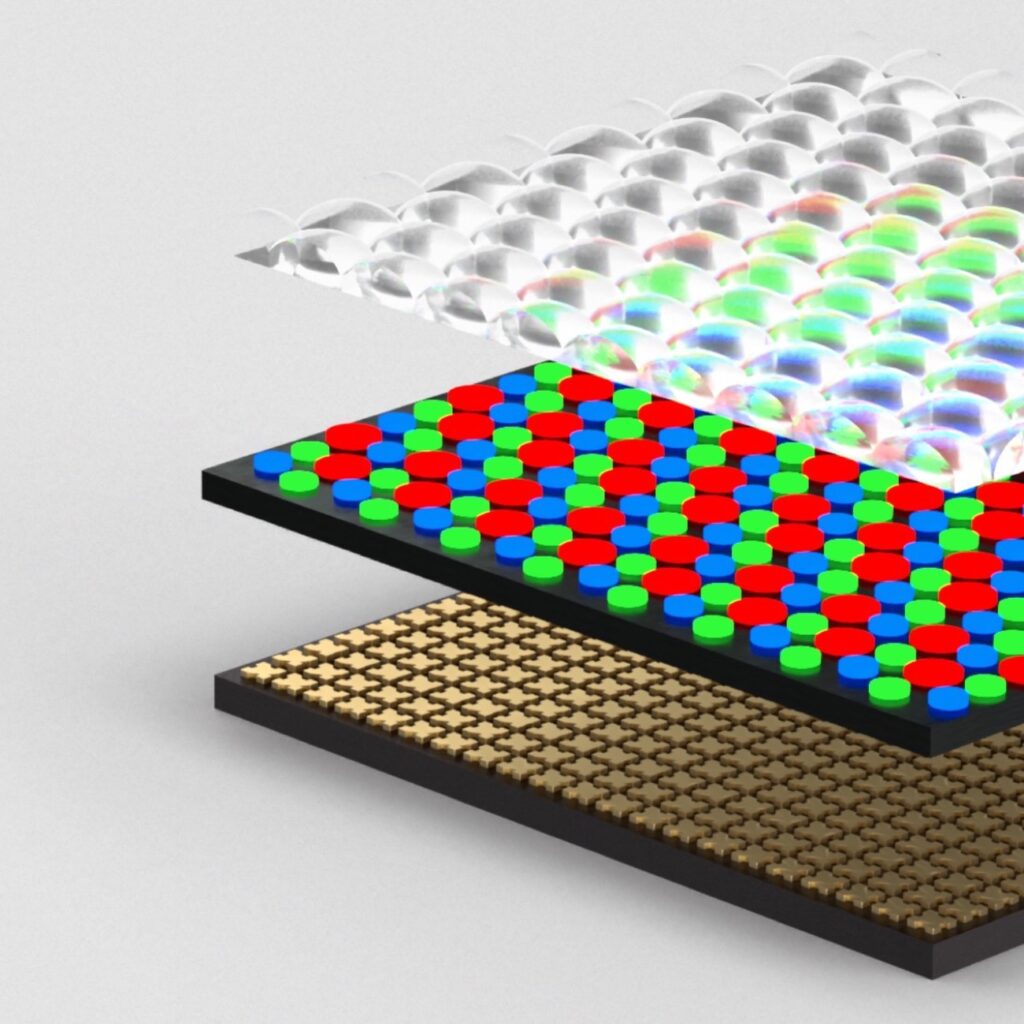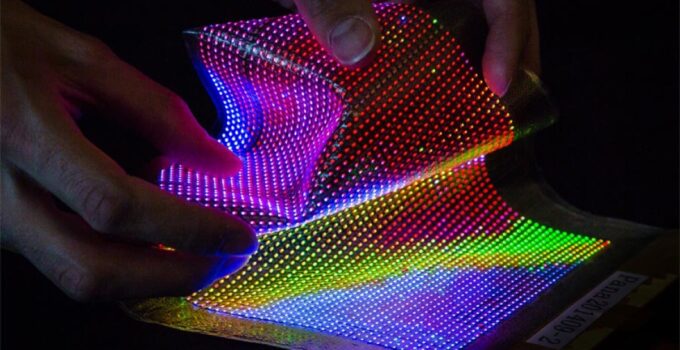Apple will build itself MicroLED to disengage from Samsung. Apple will build its own MicroLED screens, initially for Apple Watch then gradually increasing the production scale to get to produce them also for iPhone: the goal is to reduce dependence on Samsung and increase control over the supply chain.
Warning, Google will delete inactive accounts (and photos too)
This move is part of a larger plan to bring microLED technology to iPhones, Nikkei Asia reported. Over the past decade, Apple has invested more than $1 billion in microLED research and development.
Once production begins, the company will directly address a crucial stage of the manufacturing process called “mass transfer”, which involves applying tens of thousands of tiny microLED chips onto substrates.
To make the microLED chips, Apple will work with ams-Osram for microLED components, LG Display for substrates and TSMC for 12-inch wafers. Production will take place at Apple’s R&D facilities in Longtan District, Taoyuan City, Taiwan.
Apple has research and development teams for displau in the United States, Taiwan and Japan. Not only did it design the driver ICs for the microLED screens, but it also developed some of the manufacturing equipment to better control the mass transfer process. This will allow the company to adopt microLED technology even for products that traditionally use OLED panels supplied by Samsung and other suppliers.

Problems to overcome…
However, the production of microLED displays remains a complex challenge and costs are still high. Therefore, Apple plans to gradually introduce microLED technology starting first with the Apple Watch Ultra, with smaller screens and in smaller quantities and then extending it to iPhones, which require larger screens and in significantly greater quantities.
The advances of Nikkei Asia come from suppliers and insiders: according to the latter, even if Apple will carry out a fundamental part of the production of MicroLEDs, it is not said that it will continue to do so forever. The sentence seems to indicate that later in time Apple could abandon the internal production phase of MicroLEDs by selling it to third parties, even if the plan is associated with the goal of reducing dependence on Samsung.
The advantages of the MicroLED
One of Apple’s ultimate goals is to implement this technology on iPhones, which are a key source of revenue for the company. MicroLED screens offer several benefits over the current OLED screens used in iPhones, including higher brightness, lower power consumption, and improved contrast ratio.
However, the Apple Watch Ultra isn’t thought to use microLEDs until 2025, and as a result the arrival of the first iPhone equipped with this technology still seems a long way off. Meanwhile, Apple will introduce more of its products with OLED screens: after the Apple Watch and iPhone, OLED iPads and MacBooks are expected.



